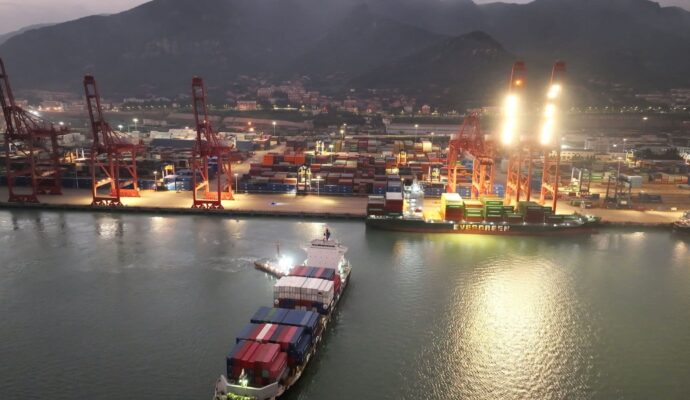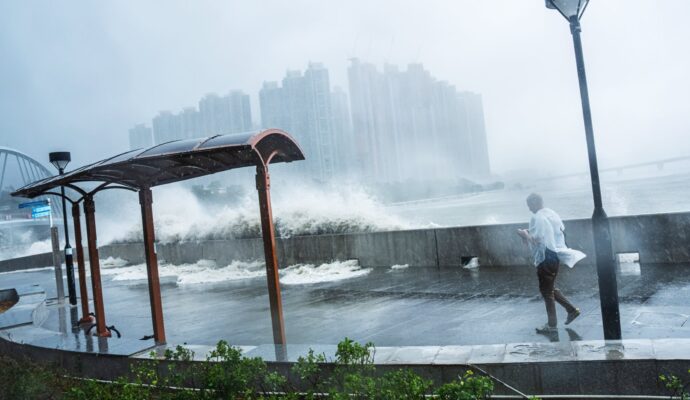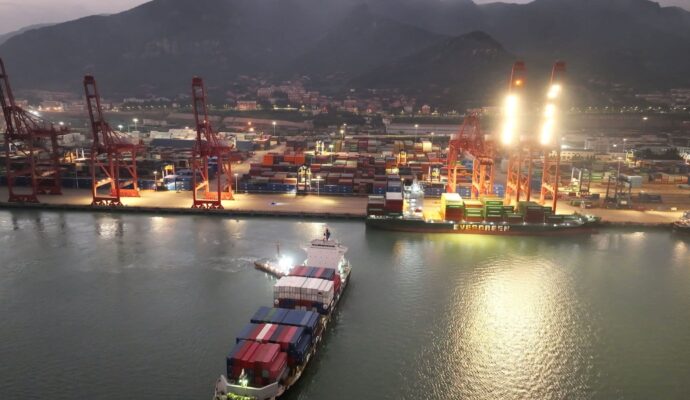Wim Wenders once wrote that the “greatest inspirations for all of my films have always been places”, and his work is testimony to a cinematic oeuvre in which location is the star. His films are anchored to their geographies – from Wings of Desire (1987), set in Cold War-era Berlin, to the desert wasteland in which Harry Dean Stanton wanders in Paris, Texas (1984) and Pina, his 2011 documentary about the German dance company that was filmed all over Wuppertal.

“Almost all my films started with a desire for a place to find the story that could only happen there,” says Wenders, 79, a tall and striking presence with his moustache and shock of silver hair. “That’s why you find so many city names in my titles, like Lisbon Story, Paris, Texas or Palermo Shooting. Der Himmel über Berlin is the original title for Wings of Desire,” he continues. “If I like a place, I know how to represent it and ‘frame it’, so to speak, and then I want to find the story that would necessarily take place there and couldn’t happen anywhere else.”
Born in Düsseldorf in 1945 and based in Berlin for most of his career, Wenders is regarded as one of the key players in the New Wave of German filmmaking that emerged in the 1970s. The distinctive melancholy of his work puts him among the great auteurs. Some of his films seem desolate and hopeless. Others are infused with joy. “A sense of place also creates a sense of truth or ‘reality’ for a story and for its character,” he says.

His most recent film, Perfect Days, encapsulates this idea. Nominated for the Best International Feature Film at the 96th Academy Awards (2024), it captures the daily routine of a public toilet cleaner in Tokyo in what becomes an unexpectedly optimistic odyssey.
Tokyo has remained a fixed point in his filmography. “I have been to Tokyo more often than any other city in the world,” he says. “Especially in the 1980s and ’90s, I was totally infatuated with it.” Wenders shot many films there, including Tokyo-Ga and part of Until the End of the World. “The film was from that rare genre of ‘near future’ science-fiction,” explains Wenders. “It took place only 10 years ahead. But Tokyo, for me, was a city that had already propelled itself into the future.” He continues to adore it. “It is a masterpiece of social discipline and solidarity,” he says. “It still has its very own distinctions, like an elevated sense of beauty, especially of small and everyday things, a great respect for nature and a heightened sense of the ‘common good’.”

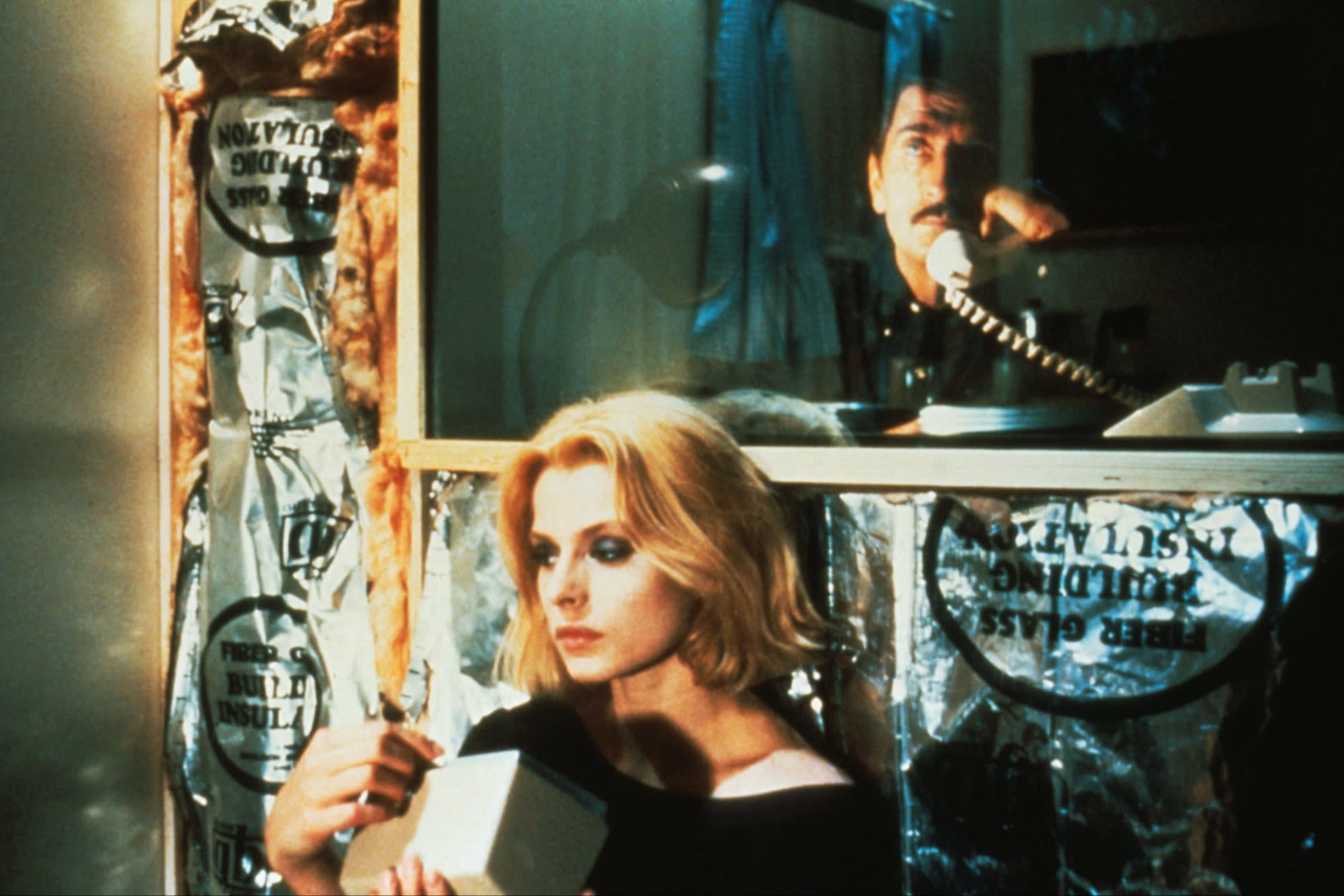
It’s easy to imagine Wenders like the central character in Perfect Days: delighting in the details and drawn to the same subjects, the clouds, buildings, the effects of changing light. “Perfect Days came as a surprise and sudden invitation to tell a story in Tokyo,” he continues. “And I didn’t have to look long for where it was going to take place. I had been homesick for Tokyo long enough. Of course, the ‘Tokyo Toilets’ were a starting point. I visited all 16 of these outstanding little temples of sanitation, all built by famous Japanese architects – some were old friends of mine – in the Shibuya area. I turned an idea for a series of short documentaries into a fictional story. And I was allowed to then just run with that idea. The central character, Hirayama, came very naturally out of these places, out of my admiration for Japanese craftsmen. Well, a toilet cleaner is not a craftsman, but my man treats his job exactly like that: he gives it his best every day anew.”

Wenders is speaking to me in Hangzhou, China, having just presented another work: a teaser that accompanied the Chanel Métiers d’art fashion show. Alongside his films, Wenders has shot numerous commercial projects for brands such as Jil Sander and Salvatore Ferragamo. The piece for Chanel accompanied a presentation showcasing the 14 Métiers, or artisanal workshops, that are now owned by the French house.
Hangzhou, one of the seven ancient capitals of China, was a vital stop on the Silk Road and was once believed to have been the biggest city in the world. It’s a city of extremes: one side is characterised by rapacious new development, the other reflects the more traditional and tranquil beauty of the fabled West Lake. It became a cultural destination from the 9th century onwards, and its temples, bridges and pagodas are a common motif in the works of the orientalist movement that became so feverishly sought after in the 19th century. Among Gabrielle “Coco” Chanel’s most prized possessions was a Coromandel screen depicting life in Hangzhou. One of eight she collected, it still furnishes her apartment at 31 Rue Cambon.
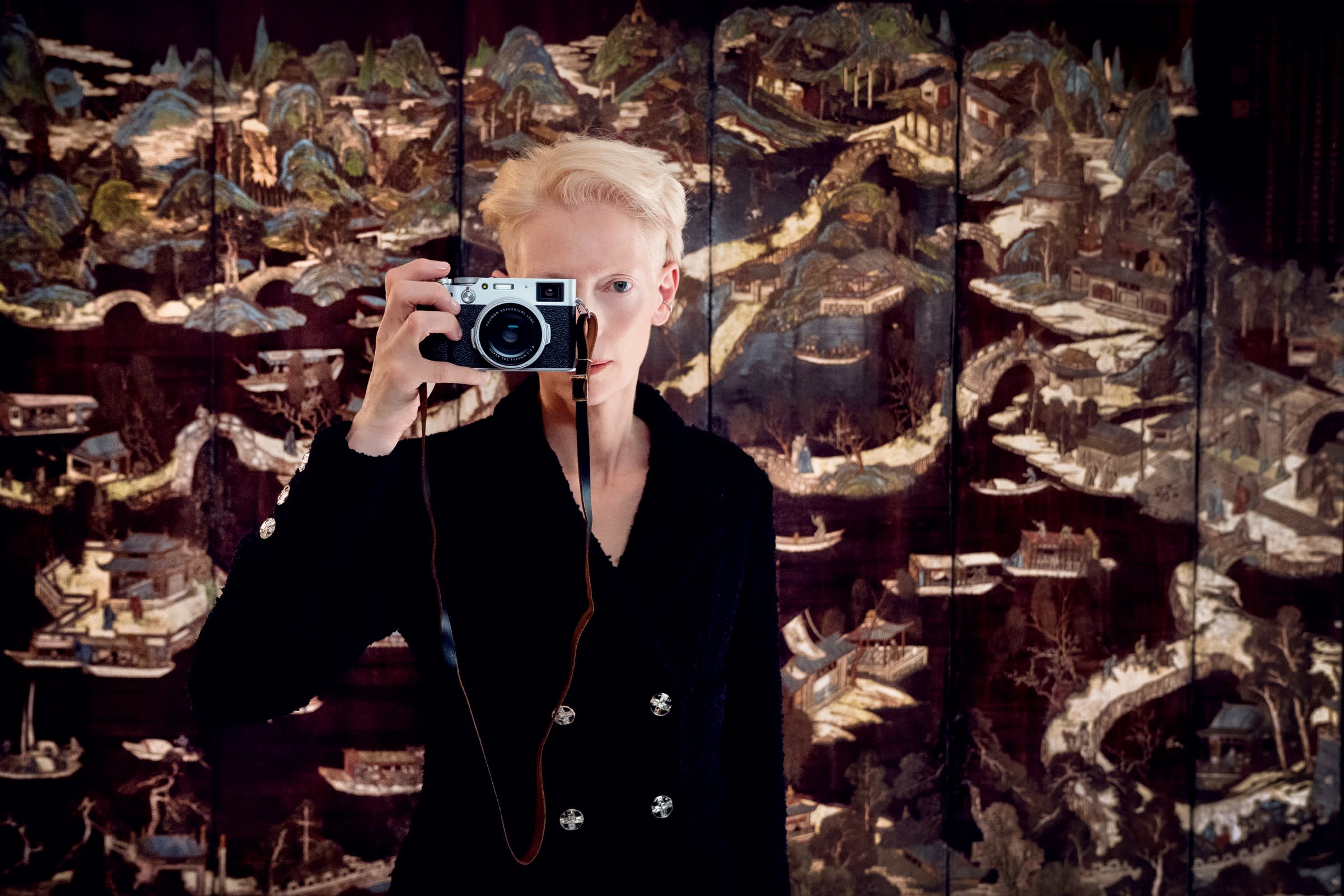
“Hangzhou has a great tradition of the arts,” says Wenders of the inspiration behind the film, which stars Tilda Swinton and conjures the bygone glamour of that age. “I only knew Hangzhou through the Coromandel. I stood in front of it in awe. You can see Bruegel or even Hieronymus Bosch in there. It looks like a huge map but also an amazing comic strip with hundreds of stories and little scenes.”
The film has an elegiac quality, a sort of longing for a lost world. It’s a common theme in Wenders’ filmmaking to capture cities or communities on the cusp of social change. This is especially true of Berlin, where the filmmaker lives with his wife, Donata, a photographer. “The way I represented Berlin in the films I shot there – Wings of Desire and Faraway, So Close! or, earlier, Summer in the City, my first feature film – was to show the marks of history it still carried. It’s a place that proudly showed its wounds.
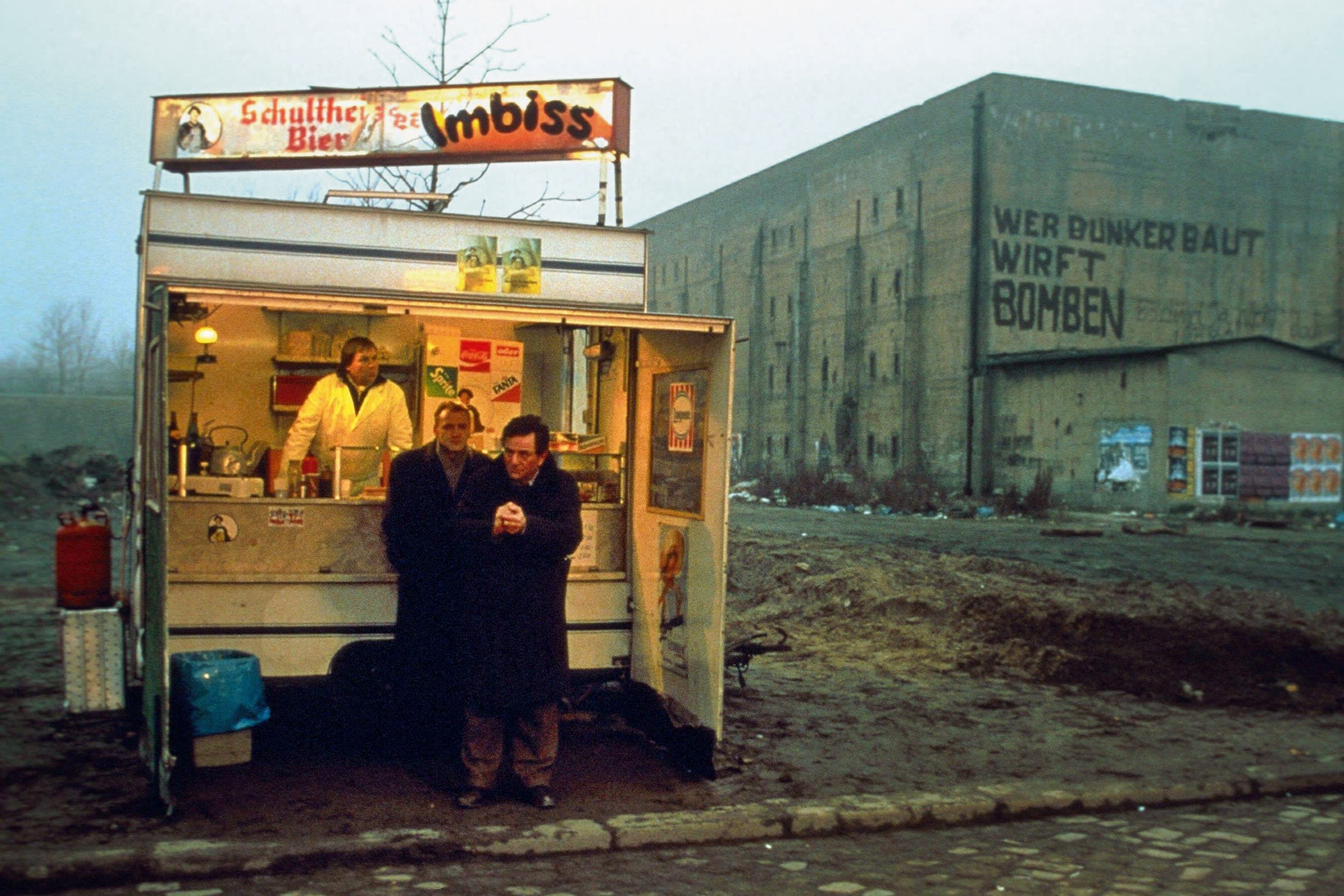
“Berlin, as a city, is remarkably honest and direct, and so are its inhabitants,” he continues. “They can be a bit rude in their honesty, and they definitely have their own kind of crude humour. It’s not a polite city. In the time I shot there, Berlin was unique in the world, at least the West Berlin of Wings of Desire, and the entirely new city that had completely redefined itself, six years later, when I made Faraway, So Close!. Berlin was a city cut in half, and both halves existed in different countries and cultures [on either side of the Berlin Wall]. West Berlin was a cradle of freedom and independence, and the fact that so many musicians and artists from all over the world were, and still are, attracted to it explains a bit of its aura.”
Having spent some time in Asia, where might Wenders venture next? “I am finishing a film on architecture that I did with and about the great Swiss architect and artist Peter Zumthor,” he says. “And I am working on a science-fiction film. Well, I’m still writing the concept for it.” Wenders plans to take us “back to the future”. But first? “Home,” he laughs.
